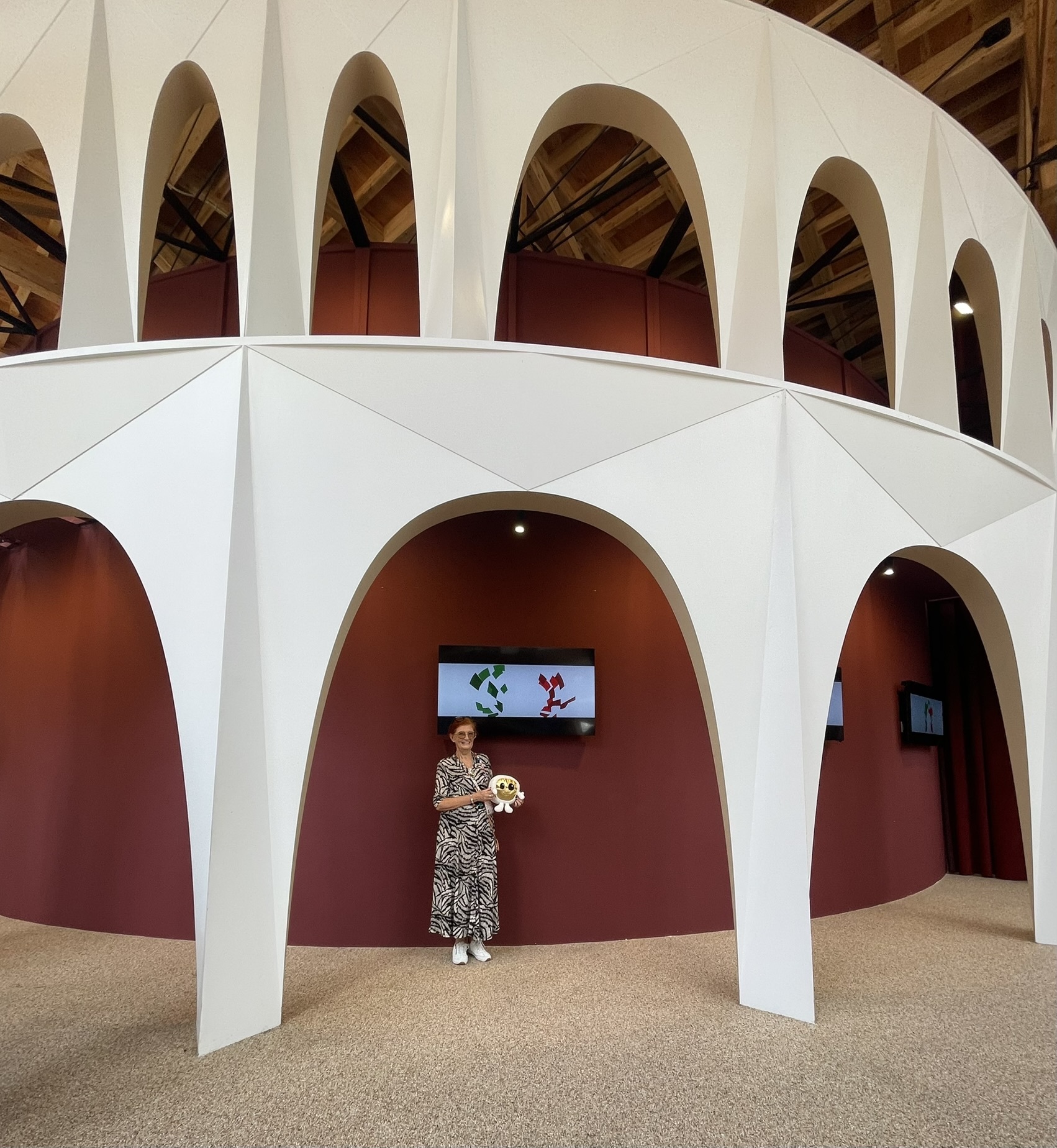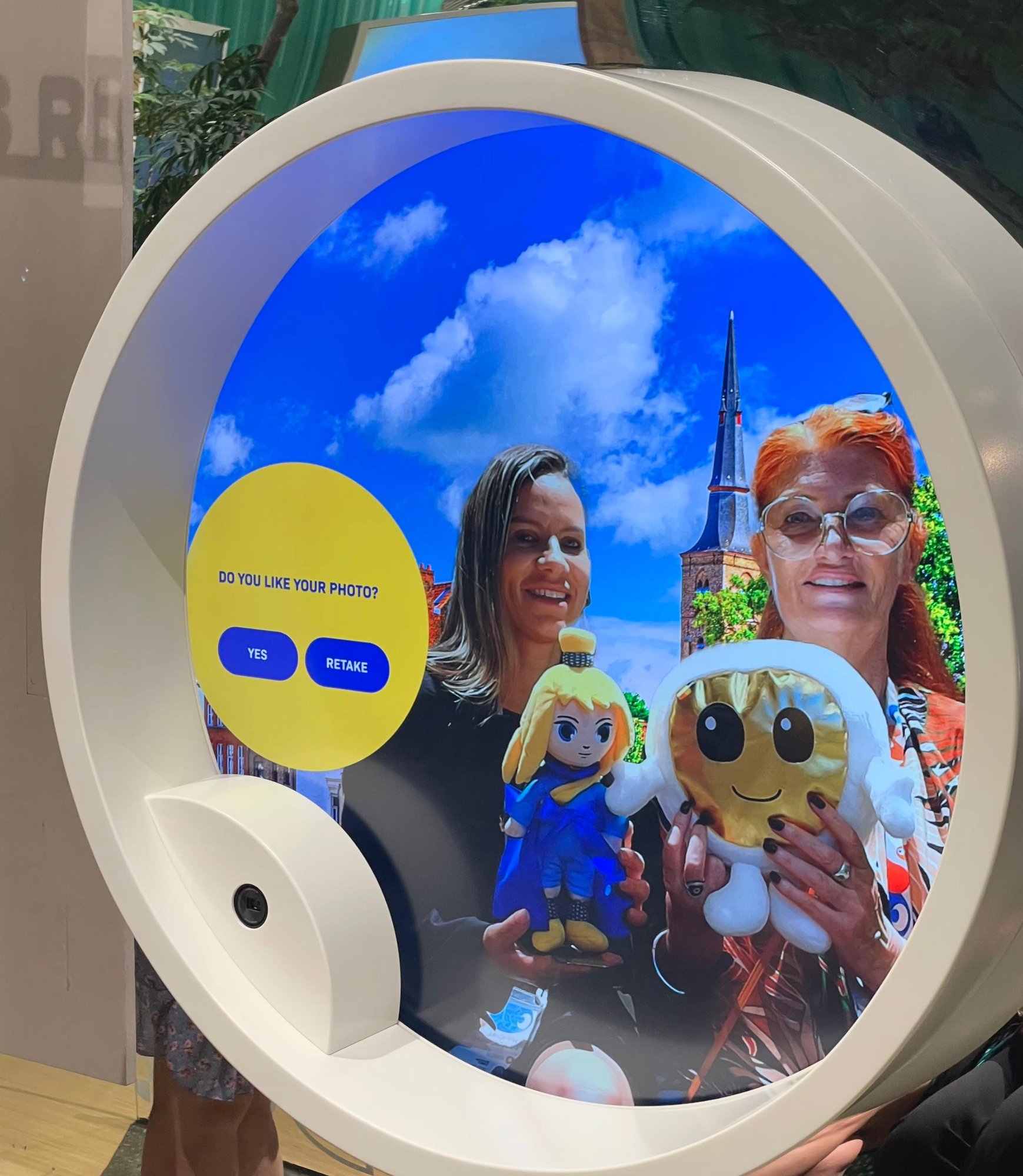When Expo 2025 Osaka closed its doors, I, BeluBelu, the little cell who calls the Belgian Pavilion home, looked back on my travels across the world within a single site. Through every exhibition, every story, and every shared innovation, I witnessed humanity’s extraordinary diversity and unity. Here’s what I learned along the way.
Europe: Innovation Rooted in Heritage
Europe at Expo 2025 Osaka felt like a symphony of innovation and memory. Each pavilion reflected centuries of culture, yet looked firmly toward the future. A reminder that progress often grows best from deep roots.
🇩🇪 Germany: Circles of Change
Walking into the German Pavilion felt like stepping into motion itself: a living system of circular design. The structure celebrated sustainability through interactive exhibits and wooden modules that showed how recycling can be part of a creative, forward-thinking economy.
As I explored, I couldn’t help but marvel at how Germany managed to make “reduce, reuse, rethink” feel joyful and alive. Their approach wasn’t just about managing waste; it was about transforming perspectives — showing that circularity is more than a process, it’s a mindset.




🇱🇺 Luxembourg: Small Nation, Big Vision
Luxembourg’s Pavilion shimmered with optimism. Built according to circular-by-design principles, it showcased the nation’s belief in mobility, smart cities, and inclusive innovation.
I floated through virtual landscapes of forests and futuristic transit systems, realizing that even small countries can shape global solutions when design and sustainability work hand in hand. It was a reminder that impact is not about size, but about vision.




🇮🇹 Italy: The Art of Sustainable Beauty
In Italy’s Pavilion, architecture and emotion met under a Renaissance-inspired roof garden. The structure reimagined the “Ideal City” — blending heritage and modern design.
Art, food, and craftsmanship coexisted with innovation and ecological reflection. Standing there, I thought: perhaps beauty itself is sustainable, when it connects people, places, and purpose across generations.




🇫🇷 France: Connected by Threads of Care
France told its story through the theme of connection: between people, the planet, and culture. The pavilion’s modular wooden design and rooftop garden spoke of renewal, while digital art installations celebrated craftsmanship and creativity.
Watching artisans projected onto glowing panels, I felt the invisible red thread, inspired by Japanese legend, linking human effort and environmental care. The message was elegant yet universal: a sustainable future must be hand-crafted with intention.




🇨🇿 Czechia: Spirals of Creativity
The Czech Pavilion was a dance between glass, light, and sound: a spiral structure symbolizing innovation drawn from tradition.
Inside, live performances, digital art, and the craft of glassmaking intertwined. It was like watching culture refract into the future. For me, Czechia’s message was clear: progress shines brightest when illuminated by art.



🇨🇭 Switzerland: Alpine Precision, Global Solutions
Switzerland’s pavilion combined minimalist design with hands-on demonstrations of innovation in environmental technology and public services. Exhibits emphasised precision engineering, water management and community-based solutions that link alpine traditions with modern sustainability challenges. BeluBelu noticed the pavilion’s calm clarity: complex systems were distilled into approachable displays.
Beyond technology, Switzerland also highlighted social resilience and design ethics, articulating how localized expertise can have global relevance. The pavilion suggested that careful, iterative design, much like a well-tended ecosystem, can produce scalable, long-lasting solutions.



🇦🇹 Austria: Harmony of Sound and Place
Austria’s pavilion invited visitors into a multi-sensory exploration of music, landscape and urban innovation. Interactive music workshops, virtual tours of natural landscapes and exhibits on cultural wellbeing illustrated Austria’s approach to combining creativity and community planning. BeluBelu reflected on how sound and space were used to convey ideas about mental health, cultural identity and sustainable tourism.
The pavilion linked artistic practice with environmental stewardship and social policy, proposing that cultural vibrancy is an asset for resilient communities. Austria presented a model where cultural programming and place-based innovation work together to support sustainable futures.



🇪🇺 European Union: Designing Together
The EU Pavilion, inspired by the New European Bauhaus, represented collaboration at its core. Its bamboo-based, modular architecture embodied circular design and inclusiveness.
Interactive exhibits invited visitors to imagine Europe’s role in shaping global sustainability, not as a collection of nations, but as a shared project. As I left, I thought: unity, like design, is a process of continuous creation.



Europe’s message resonated through every corridor: heritage can guide innovation, and collaboration fuels progress. Each pavilion echoed a single refrain: a sustainable tomorrow begins when creativity and responsibility move together.
I was sooo impressed! I knew I had to continue my journey throughout expo. Stay tuned!

